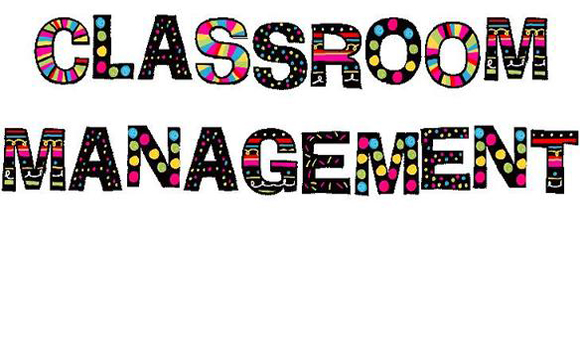How to manage the classroom in a non-traditional way?

Educators who become effective teachers are those who master the art of managing the classroom. For this feature, the critical question to be asked is: How do you manage the classroom in a non-traditional way? To answer this question, I interviewed Sean McComb, the 2014 National Teacher of the Year. McComb teaches at Patapsco High School and the Center for the Arts in Baltimore. He also participates in coaching and training as the school’s staff development teacher, curriculum writer for the school system and an instructor at Towson University. An excerpt of the interview with McComb follows:
 By the 10th grade, my students generally understand what is acceptable behavior in a classroom setting. I am not a stickler for certain rules that some of my colleagues happen to use in the classroom (it works for them!). Students can chew gum in our classroom, even eat a bag of chips if they keep their papers and work space clean, for example. Students can get out of their seat without asking to throw something away or sharpen their pencil, and can exit to the bathroom as long as they give me the bathroom signal (index finger swirled in the air above their head) and get approval and a pass. I am, on the other hand, a dictator when it comes to kindness. Unkind words and behavior are not tolerated in the classroom. I work hard to maintain a pleasant, even-keeled environment, so that when a student steps out of bounds, a simple shift to a serious tone provides a marked departure from the norm and an acknowledgement that we have found the boundary of acceptability.
By the 10th grade, my students generally understand what is acceptable behavior in a classroom setting. I am not a stickler for certain rules that some of my colleagues happen to use in the classroom (it works for them!). Students can chew gum in our classroom, even eat a bag of chips if they keep their papers and work space clean, for example. Students can get out of their seat without asking to throw something away or sharpen their pencil, and can exit to the bathroom as long as they give me the bathroom signal (index finger swirled in the air above their head) and get approval and a pass. I am, on the other hand, a dictator when it comes to kindness. Unkind words and behavior are not tolerated in the classroom. I work hard to maintain a pleasant, even-keeled environment, so that when a student steps out of bounds, a simple shift to a serious tone provides a marked departure from the norm and an acknowledgement that we have found the boundary of acceptability.
There are routines in the classroom to make our time more efficient. Students enter through one of two doors in order to pick up their materials for that particular class, then proceed to their assigned mailbox to retrieve their graded work. I like to start our classes with a captivator–this might be a question, video clip, image, poem or quote related to our work that day meant to grab student interest in the work, and then we are down to business. I will spend the next 10-15 minutes of an 80 minute block with some teacher-led instruction either leading discussion, working through some modeling of a skill or some beginning analysis before turning the classroom over to the students for collaborative work time.
The final 15-20 minutes of class is often spent in some individual work. This could be a formative assessment or just quiet time to apply some collaborative thoughts that emerged from discussion to their own work. During this time, I make an effort to check in with students individually. This might be to discuss something I noticed in the work being returned that day; it could be to offer clarification on a point I noticed them struggling with during class. The final five minutes before the bell are a time for me to try to squeeze a little more learning out as students’ minds begin to drift away. This might be using a self-deprecating sentence to reinforce a grammar concept. For example it might be, “Add a participial phrase onto the simple sentence, Mr. McComb’s dog pooped on his foot,” or challenging students to come up with a funny sentence that properly uses one of the vocabulary terms imbedded in the novel we are reading, with the funniest sentence (by class vote) getting a prize. The class time moves quickly, and we are always focused on learning. When students are engaged, classroom management takes care of itself.
Please read more about McComb in the career paths’ section of The Holmes Education Post.
Dr. Ronald Holmes is the author of six books, “Education Questions to be Answered,” “Current Issues and Answers in Education,” “How to Eradicate Hazing,” “Professional Career Paths” “Your Answers to Education Questions” and “How to revitalize the National Baptist Convention, USA, Inc.” He is publisher of “The Holmes Education Post,” an education focused Internet newspaper. Holmes is a former teacher, school administrator and district superintendent. He can be reached at [email protected].

